Unconventional Museums: Navigating Offbeat Treasures
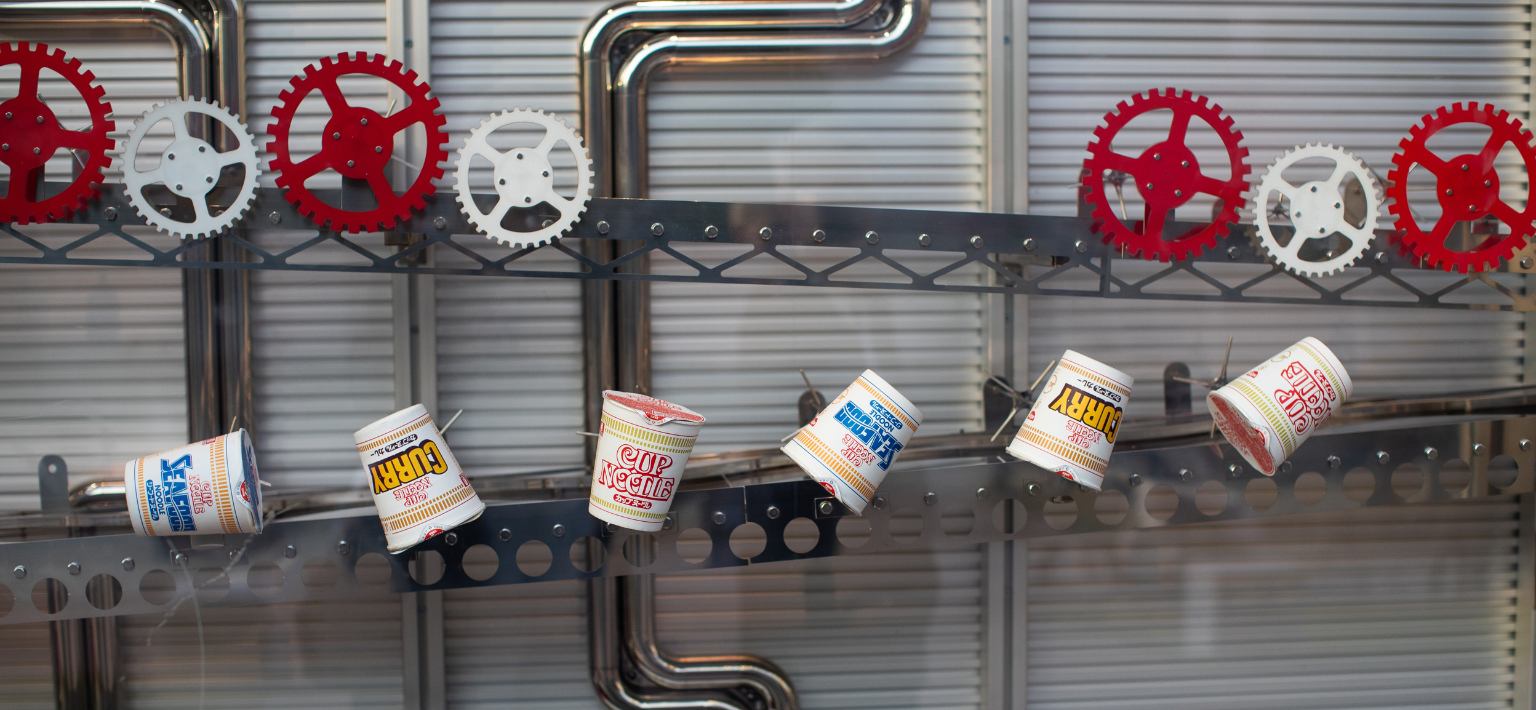
Updated On: April 04, 2024 by Raghda Elsabbagh
Have you ever wondered about the unconventional museums that offer unique collections? These museums differ from the traditional ones that have been around for centuries. They showcase alternative collections that celebrate and challenge the offbeat aspects of human creativity and ingenuity, capturing the hearts and minds of those who seek the unconventional. Instead of displaying fine art and historic relics, they exhibit the unexpected. They are like hidden gems that stand on the fringes but offer central insights into lesser-seen dimensions of our world.

These museums showcase exhibitions that defy typical genres and elevate the mundane to the sublime. They remind us that there’s an art and a story behind nearly every aspect of human existence. They celebrate the peculiar and the everyday and invite us to reconsider the criteria for what deserves our attention and reverence.
Whether it’s a museum dedicated to the history of cup noodles or the joyfully misguided artworks of amateur painters, these alternative museums serve as interactive encounters and educational hubs that inspire exploration and challenge our understanding of what belongs within the hallowed walls of a museum.
Table of Contents
The Emergence of Unconventional Museums
Have you noticed how museums are changing? While they have always been a source of culture, education, and entertainment, there’s a new trend towards unconventional museums that celebrate unique and niche subjects. These museums offer visitors entirely different experiences that can be both fun and educational.
Defining Quirky Collections
So, what defines these quirky collections? Well, collections that once might have been too eccentric for traditional museums are now leading the way in a new movement. They showcase the mundane, the bizarre, and the specialised, turning them into museum exhibits. From galleries of lousy art that challenge our notions of aesthetic value to shrines dedicated to the history of cup noodles, these museums expand the boundaries of what is considered worthy of curation and public display.
The Cultural Impact of Niche Museums
Niche museums have a significant impact on our culture. Focusing on specific, often overlooked subjects contributes to our communal understanding and appreciation of the diverse tapestry that composes our shared human experience. These museums often have an educational element, imparting knowledge about the narrow slices of life they represent while providing an entertaining context. Whether highlighting the serious or the whimsical, these museums leave an indelible mark on our cultural landscape, inviting visitors to re-examine the world through a new, often surprising, lens.
The Art of the Atypical: Museum of Bad Art
Are you familiar with The Museum of Bad Art? If not, let us tell you a little bit about it. This museum is unlike any other, showcasing pieces you wouldn’t find in a traditional art setting. Rather than only featuring works considered conventionally “beautiful,” The Museum of Bad Art celebrates the creativity and dedication of artists who might otherwise go unrecognised.
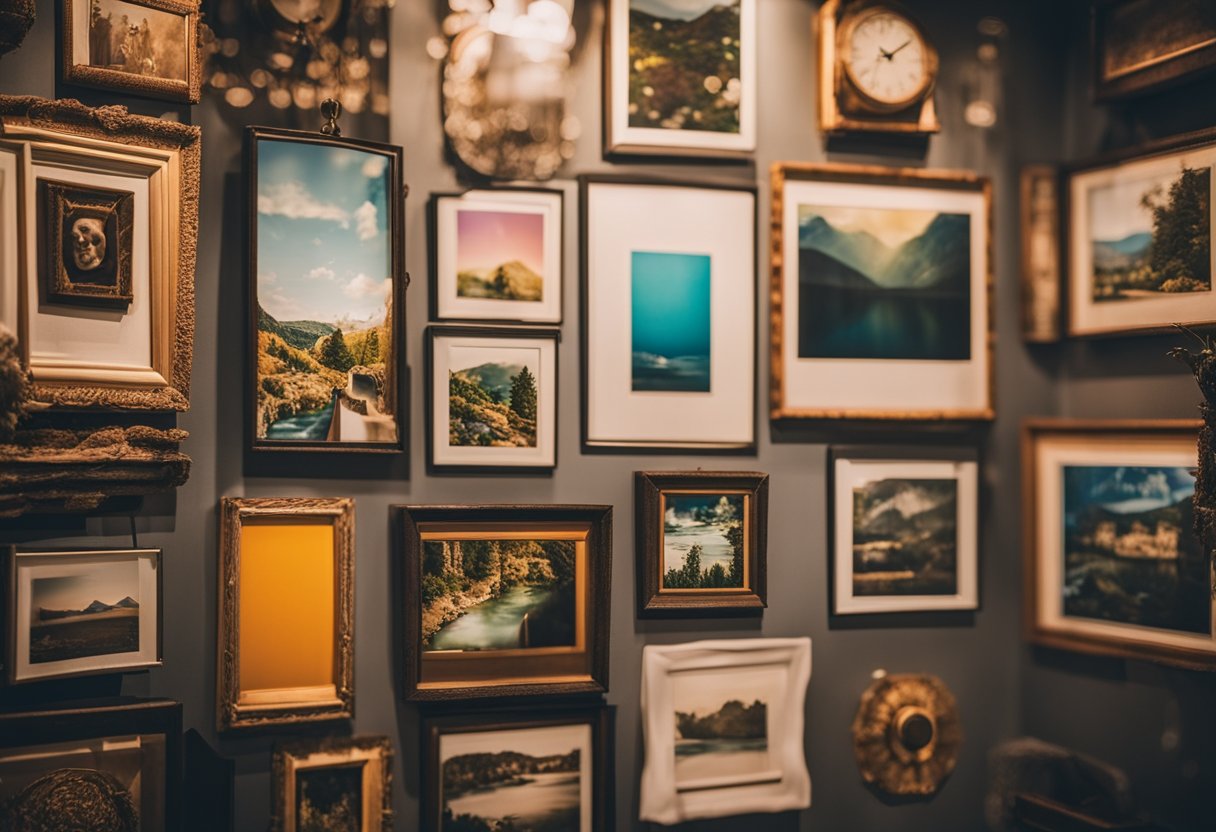
MOBA’s Mission
The museum’s mission is to appreciate the earnest efforts of artists who create pieces that don’t necessarily meet standard aesthetic criteria. At MOBA, guests can explore galleries filled with art pieces that are uniquely flawed yet fascinating.
The Museum of Bad Art (MOBA) team believes that every artist’s endeavour deserves recognition, no matter how unconventional the outcome. By doing so, they provide a platform where the curious nature of bad art is not only displayed but celebrated for its unique charm and the boldness it takes to diverge from the norm.
Exhibits of the Exceptionally Unusual
You’ll find a range of exceptionally unusual art pieces in the museum. Each exhibit, from the plaintively blue face of “Empty Man” to the vibrant confusion of “Lucy in the Field with Flowers,” presents a testament to unfettered expression and originality. It’s a homage to innovation and the unwavering human spirit to create, regardless of the critics’ opinions or aesthetic expectations.
The collection boasts examples that provocatively blur the lines between creativity and the traditionally perceived notion of quality. MOBA’s exhibits inspire laughter, bemusement, and, above all, a fresh perspective on what constitutes art.
The Allure of Cup Noodles Museum: From Japan to Global
Here’s another unconventional museum! Have you heard of the Cup Noodles Museum in the heart of Japan? It’s a fantastic place that pays homage to the genius of Momofuku Ando, the inventor and mastermind behind instant ramen. His breakthrough paved the way for a revolution in eating habits worldwide. The museum is all about celebrating his legacy and the global impact of cup noodles through fun and educational exhibits.
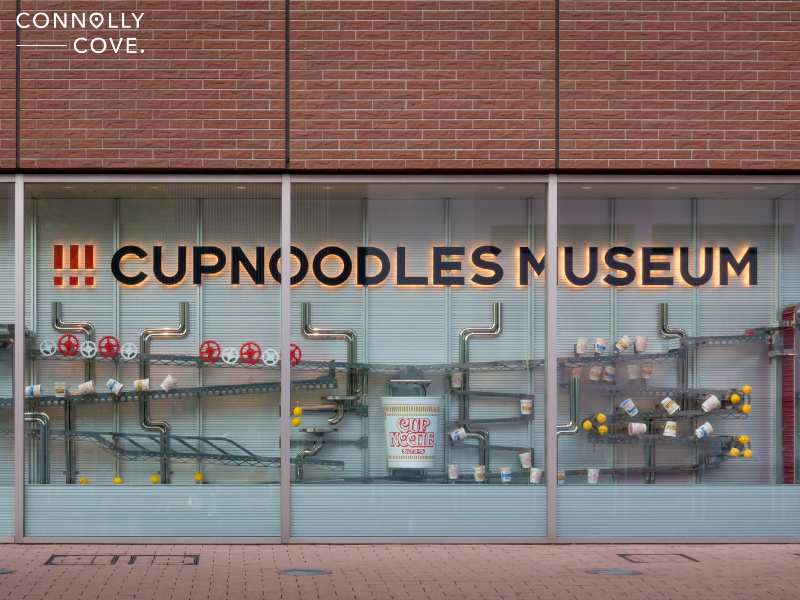
The Inception of Instant Noodles
Did you know that this warm cup of noodles, satisfying your hunger, now consumed worldwide, was invented in Japan? It’s true! Cup Noodles, the instant noodle invention that took the world of cuisine by storm, has an incredible journey worth exploring.
Let’s take a walk back to 1958 in Osaka, Japan. That’s when Momofuku Ando, a Japanese inventor, introduced instant noodles to the world. His innovation, “Chicken Ramen,” was a game-changer and the start of a food sensation that would spread globally. Ando’s creation, housed in a simple shed in his backyard, is now an iconic food that has become a worldwide comfort food.
Noodles as a Cultural Phenomenon
Over time, Cup Noodles became more than just a food; it became a cultural phenomenon, transcending its Japanese origins. With its unique combination of taste, convenience, and affordability, it gained worldwide appeal. It became a staple in the diet of many across the globe.
Its popularity led to the creation of interactive experiences like the Cup Noodles Museum in Yokohama, where visitors can learn about this beloved food’s history and cultural impact through educational exhibits. From being a smart solution for food shortages to being embraced as a dietary delight, instant noodles have woven their way into the fabric of global cultures as a beloved comfort food.
Honouring Momofuku Ando
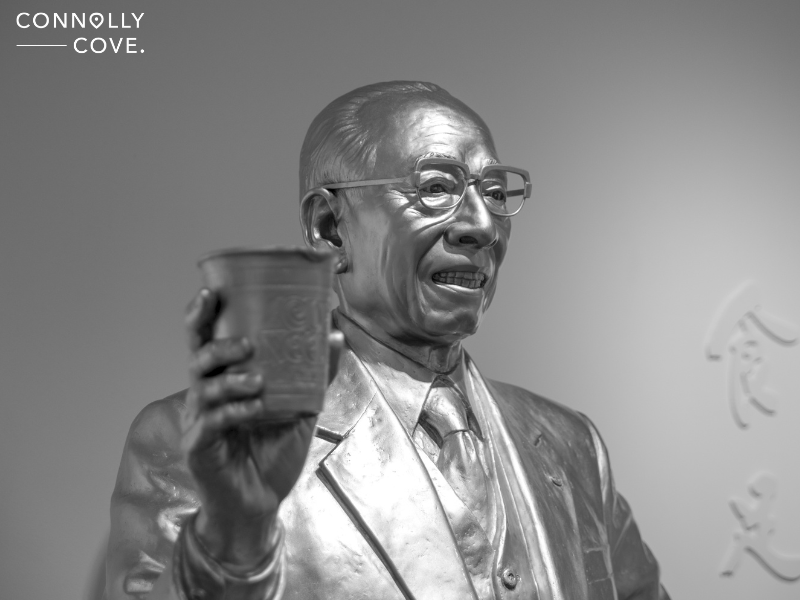
At the Cup Noodles Museum, you can learn about Momofuku Ando’s life and his incredible innovation journey that led to the creation of instant chicken ramen and, eventually, the global phenomenon of cup noodles. The exhibits offer a fascinating insight into his determined and creative mind and how he overcame challenges to create a quick and accessible meal that changed the world.
Cup Noodles and the Art of Packaging: Design, Branding, and Evolution
In the museum, you’ll explore the creative packaging that has made Cup Noodles a cultural icon and track the development of its design from inception to today. When considering the packaging of Cup Noodles, we witness a harmonious blend of practicality and appeal. Nissin, the company behind the original instant ramen, seized an opportunity to present a solution to quick dining and create a brand identity that would resonate globally.
- Innovation: Bold colours and distinctive typography became synonymous with the brand, encapsulating the essence of flavourful noodles in a cup.
- Global Appeal: Nissin’s design strategy catered to a worldwide audience, incorporating a variety of noodle flavours to match regional tastes.
This art of packaging has been documented and celebrated in various Cup Noodle Museums, where visitors can immerse themselves in the visual journey of this culinary marvel.
A Noodle Box’s Journey
Understanding the journey of Cup Noodles’ packaging means appreciating a narrative of cultural adaptation and design finesse.

- Localisation: The design subtly evolves to reflect the local palate in each market, making ramen noodles a universally relatable comfort food.
- Sustainability: Contemporary approaches see Nissin incorporating eco-friendly materials, acknowledging the importance of sustainable practices within the food packaging industry.
Through this lens, the packaging of Cup Noodles is not merely a container but a statement of innovation, branding, and cultural adaptation.
The Immersive Noodle Experience: From Tastings to Creations
One of the best parts of the museum is the immersive noodle experience. You get to make your own cup noodles from scratch, choosing your favourite flavour and designing your very own packaging! It’s a truly unique and interactive experience that not only teaches you about the complexities of instant noodle production but also inspires you to think outside the box.
So, if you ever get the chance to visit Japan, don’t forget to check out the Cup Noodles Museum. It’s a fun and engaging way to learn about the history of cup noodles and the fantastic innovation that made it possible.
Interactive Encounters: Hands-On Museum Activities
If you wish to experience museums beyond just looking at glass displays and velvet ropes, you’re not alone! Interactive exhibits, particularly hands-on activities, offer a unique opportunity to touch, create, and learn in the most engaging ways possible.
Participating in such interactive activities provides a fascinating glimpse into both science and culture. Interactive exhibits aim to educate by engaging the senses and the intellect. At the Ramen Museum, for instance, visitors don’t just learn about the history of ramen—they become part of it by getting their hands floury in noodle-making workshops. This sort of participatory learning ensures that visitors of all ages leave with a more comprehensive and long-lasting understanding of the topic at hand.
So, next time you visit a museum, don’t forget to check out the interactive exhibits and hands-on activities. You never know; it could be a great learning experience you’ll cherish forever!
Exploring Unique Exhibits and Stories: Personal Artefacts and Memories
In this section, we’ll explore how museums can showcase exhibits and artefacts in a unique way that tells compelling stories. These exhibits break away from traditional museum displays and reveal intimate narratives and thematic explorations.
One example is the Museum of Broken Relationships in Zagreb, Croatia. This museum houses personal belongings from failed relationships, each accompanied by a story told by the artefact’s donor. These exhibits represent the grief, joy, and profound lessons from their past experiences. The museum takes visitors on a poignant journey through various emotions, binding the universal themes of love and loss together. It’s a powerful reminder of our shared human experiences and the importance of personal connections.
The Oddity of Unconventional Museums
Let’s talk about the fascinating world of unconventional specialised museums. These museums are often dedicated to subjects that may seem obscure or eccentric to many, but they resonate with curiosity and provide unique insights into different aspects of human culture.
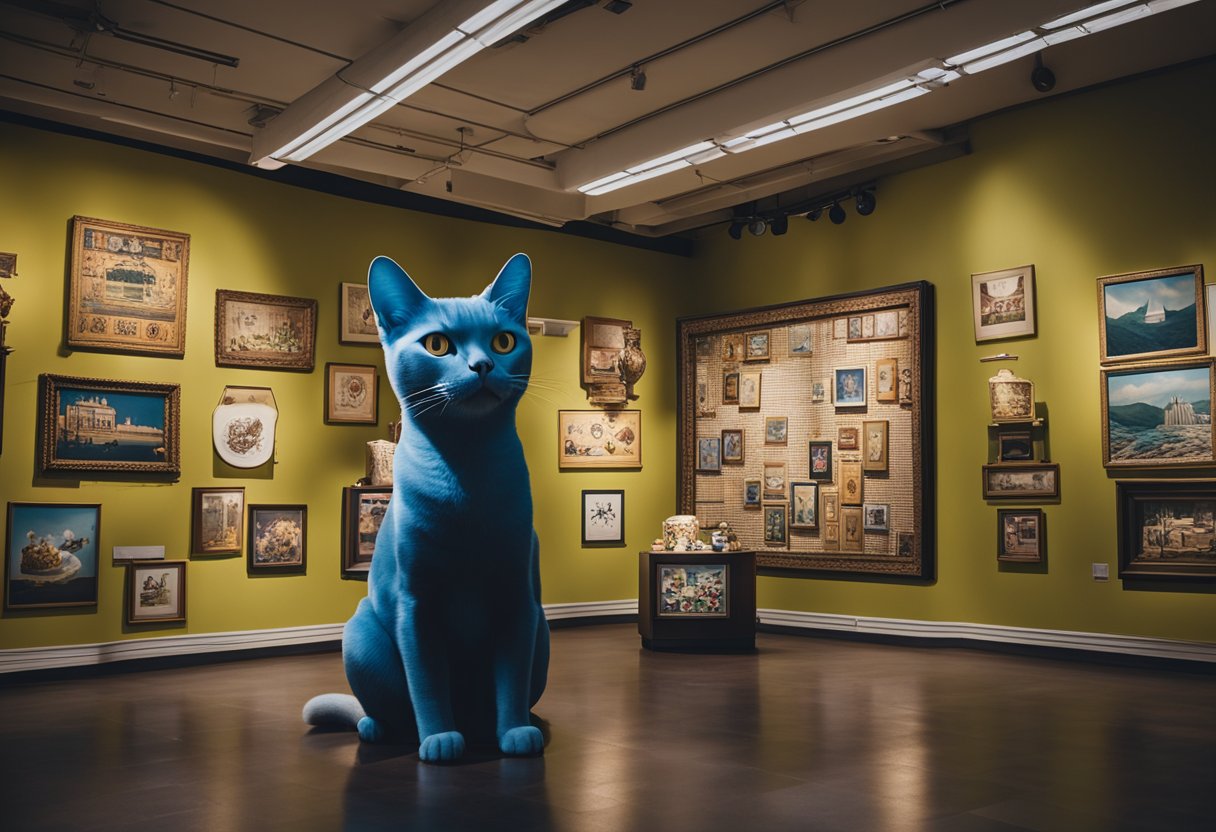
Unusual Focus: Singular Subject Unconventional Museums
At the quirky end of the spectrum, we have institutions like the Museum of Bad Art (MOBA), which celebrates art that would never find its way into traditional galleries. It brings to light pieces that are “too bad to be ignored” and challenges our notions of what art can be.
On a different note, the Sulabh International Museum of Toilets might raise eyebrows, but it tells a compelling story of sanitation and its impact on public health. This museum is a testament to the odd yet critical aspects of everyday life that are often overlooked.
Other museums highlight specific subjects such as dog collars, showcasing vast collections and the history of these canine accessories. Here, the specificity of the subject matter often provides a focused lens on cultural aspects that might otherwise be ignored.
Global Diversity in Museum Themes
Internationally, museum themes vary widely, evidencing an extensive range of human interests. For example, the love for instant noodles is celebrated in Japan through the unique exhibits at the Cup Noodles Museum. This museum attracts food lovers and educates visitors on the invention and evolution of this globally accepted snack.
This diversity is also shown in museums centred around space exploration and astronomy, utilising the public’s fascination with the cosmos to educate and inspire future generations. From showcasing historical artefacts to providing immersive experiences, these museums engage with our desire to explore beyond our earthly confines.
Each specialised institution reinforces our belief that there’s no topic too niche for a museum and that global cultural diversity can manifest in the most unexpected yet enlightening ways.
Museums and Educational Impact
Museums offer unique platforms combining education with entertainment, catering to visitors of all ages and engaging them in interactive experiences that are both informative and enjoyable.
Learning through Unconventional Stories
Unconventional museums provide an avenue for learning that is not only educational but also highly entertaining. These institutions leverage the allure of niche subjects, such as the fascinating evolution of instant noodles in a museum dedicated to noodle enthusiasts. These stories connect with the visitor personally, allowing them to traverse history and culture through a lens they might not have considered before, enhancing their understanding and perspective.
Inspiring Future Creativity
The interactive experience within unconventional museums is pivotal in inspiring creativity. These museums stimulate the imagination by exposing visitors to the lesser-known narratives of artefacts like quirky art pieces or the design history of cup noodles. They can act as a catalyst for visitors to create something novel and original. They prove innovative ideas can spring from the most unexpected places and subjects.
The Wider Influence of Niche Museums
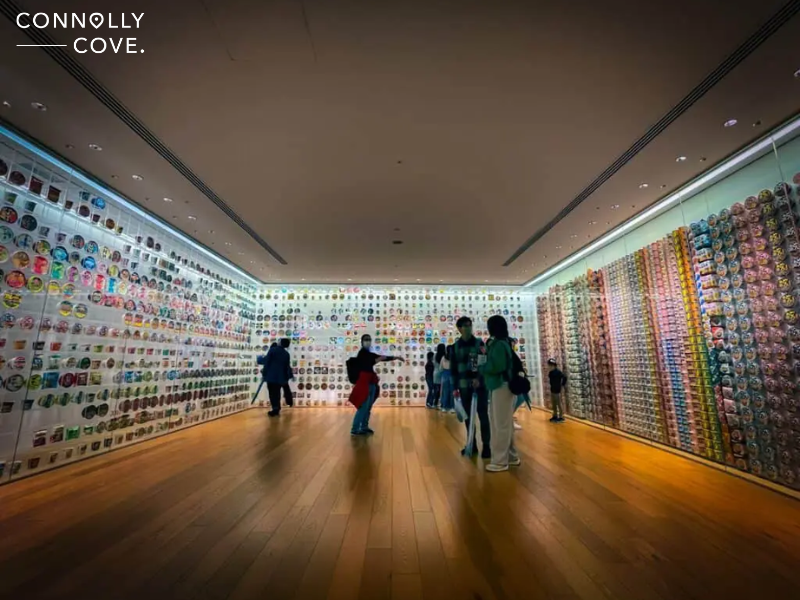
Niche museums serve as cultural catalysts and community anchors, resonating beyond their physical walls. Their collections, often seen as curiosities, hold a significant pull in shaping local and cultural narratives.
Contributing to Local Economies
We find that niche museums, like the Cup Noodles Museum in Yokohama, are more than mere attractions; they are economic engines for their communities. Tourists, drawn by the novelty and uniqueness of these institutions, spend time and money benefiting local businesses. In the case of the CupNoodles Museum, visitors contribute directly to the Yokohama economy through museum fees and local spending.
Fostering Community and Identity
Niche museums also play a central role in fostering community. For instance, exhibits may reflect the contributions of a local industry to the space sector in a place like China or Oman, reinforcing both national pride and individual community identity. These institutions are spaces where friends and family can gather, learn, and create shared memories.
By honouring particular facets of history and culture, such as a lousy art collection or a display dedicated to space exploration achievements noted by Time Magazine, these museums validate their visitors’ diverse interests and identities. They present a LEED-certified building, host a time-honoured exhibit, and act as hubs where communal bonds are formed and strengthened.
From galleries dedicated to the less-than-masterful strokes of “bad art” to the surprising allure of cup noodles—a humble culinary invention turned cultural phenomenon—these unconventional museums stand on the fringes yet offer central insights into lesser-seen dimensions of our world. Make sure to add one unconventional museum to your trip’s itinerary next time!






